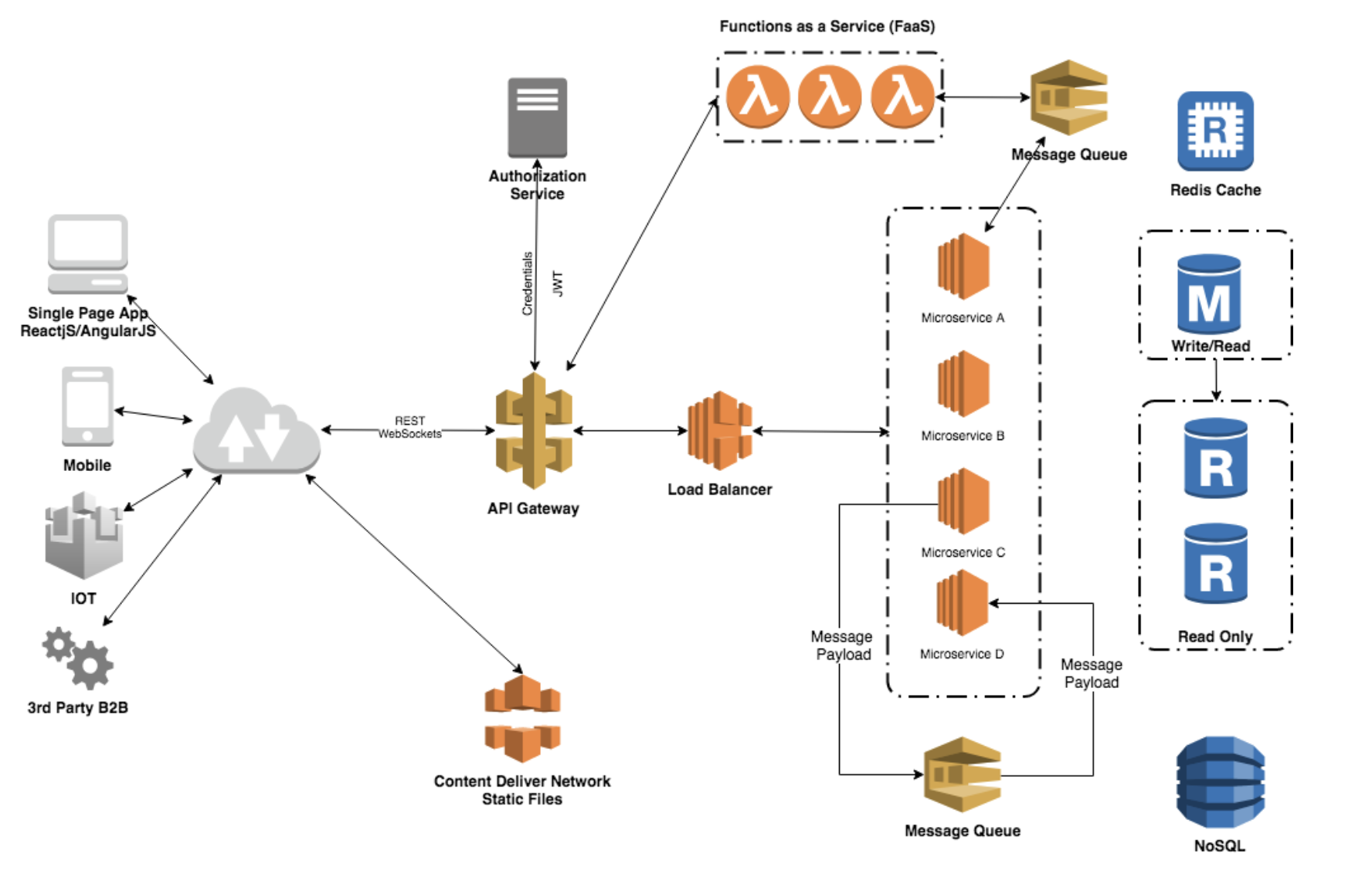Building Scalable Web Applications with Full-Stack Architecture
If we take a look at the web app market, the figures are bound to mesmerize us. As of 2023, there are about 1.3 billion websites out there. and this number will only increase in the coming days. By the end of 2024, the total number of websites may surpass 1.5 billion.
Most businesses today rely on web applications. Even the businesses that are just starting are planning to build their own apps. However, not every organization can provide a great user experience.
Having a poor build for your web app means poor performance. that is why building a robust, scalable web app is vital.
Below, we will give you a step-by-step guide to build the architecture for a Full Stack web app.
What is Full Stack development?
A Forbes Advisor report gives us a clear picture of the prevalence of websites in business. Here’s what the stats look like:
Full Stack development refers to the process of building, testing, and running a web app. This requires expertise in different tools and tech. A web app development company must know how to develop frontend, backend, and database.
For frontend development, knowledge of JavaScript, HTML, CSS, etc., is necessary. Likewise, knowledge of PHP, C++, Node.js, etc., comes in handy during backend development. Frontend signifies the client side, while the backend signifies the server side of an app. Take a look at this table for a better understanding:
| Development type | Programming languages to learn |
| Frontend | JavaScript, CSS, HTML, Vue.js, React |
| Backend | PHP, C++, Node.js, Perl, SQL |
For a web app to work without issues, both these ends need proper development. Hence, it becomes imperative to opt for skilled Full Stack website development services.
Steps to build a web app for Full Stack
Let us now list the steps Full Stack development services should follow to build a scalable web app:
1. Make a plan and collect the requirements
The first step is to perform thorough research to get an idea of what your target audience needs. Using this data, plan what core features would attract or benefit them more.
Once you are ready, make user personas and implement wireframing. They will help you envision your app structure and flow.
Also, if you have training in Agile Scrum Essentials, at least basic, it can be useful. That extra mastery can aid in proper project structuring and promote faster development.
2. Develop the frontend
As mentioned, the frontend means the user-facing side of your web app. Pick your preferred option from various available frontend frameworks. For instance, React, AngularJS, Bootstrap, etc.
Plus, make use of JavaScript, HTML, and CSS for building an intuitive user interface. Make your UI easy to access and ensure that it works on multiple platforms without issues.
3. Develop the backend
After developing the frontend, it’s time to develop the backend. The backend is the server side of your app. So, your backend must be robust to deal with data requests and responses without crashing.
Choose a suitable backend tech stack like Python, PHP, or Node.js. Then design a stout Application Programming Interface to manage data requests and responses.
4. Design and incorporate a database into your backend
Identify your app’s specific needs and select a DBMS that matches with them. You may consider opting for MongoDB, MySQL, etc.
Design the database based on the previously identified needs. Once designed, use suitable libraries or ORM tools. These tools will help you incorporate this database into your backend.
5. Put strong user verification and permissions into action
Developing a Full Stack app is not enough. You must guarantee its security. In this case, using robust authentication protocols like JWT, OIDC, SAML, OAuth, etc., can help.
Go for salted password hashing for sensitive info protection. Plus, define permission levels using role-based security to prevent unauthorized access.
6. Opt for thorough testing and assure quality
While your app is passing through various stages of development, test it often. Doing so helps detect bugs and issues early and makes way for prompt fixes.
Embrace different types of testing, including unit testing, database testing, and performance testing. Automate your tests with a little help from tools like Appium, Watir, and Selenium. This speeds up and smoothens the development process.
7. Deploy your app and establish a CI/CD pipeline
After rigorous testing, it is time to deploy your app. Configure a hosting platform like AWS, GCP, or Microsoft Azure.
After that, employ a version control system along with a CI/CD pipeline. This automates deployment. Also, track your app performance and opt for error tracking to detect and fix issues faster.
8. Keep your app up-to-date
Frequent updates and app maintenance are important. Fix bugs, apply security patches, and more to boost user experience.
And who knows better about user experience than users themselves? Garner user feedback and implement it in your future updates.
Remember that there is always room for improvement. Thus, try introducing new and exciting features often to retain your users.
Conclusion
While it sounds simple, building a web app with Full Stack architecture is no easy task. Building such an app requires thorough planning, development expertise, and persistence.
In our guide, we listed the steps you need to follow to develop a Full Stack app from scratch. Hope it helps in giving you a comprehensive idea about Full Stack development. Combine this idea with your skills, and the sky’s the limit. All the best!
Stay in touch to get more updates & news on World Times!







